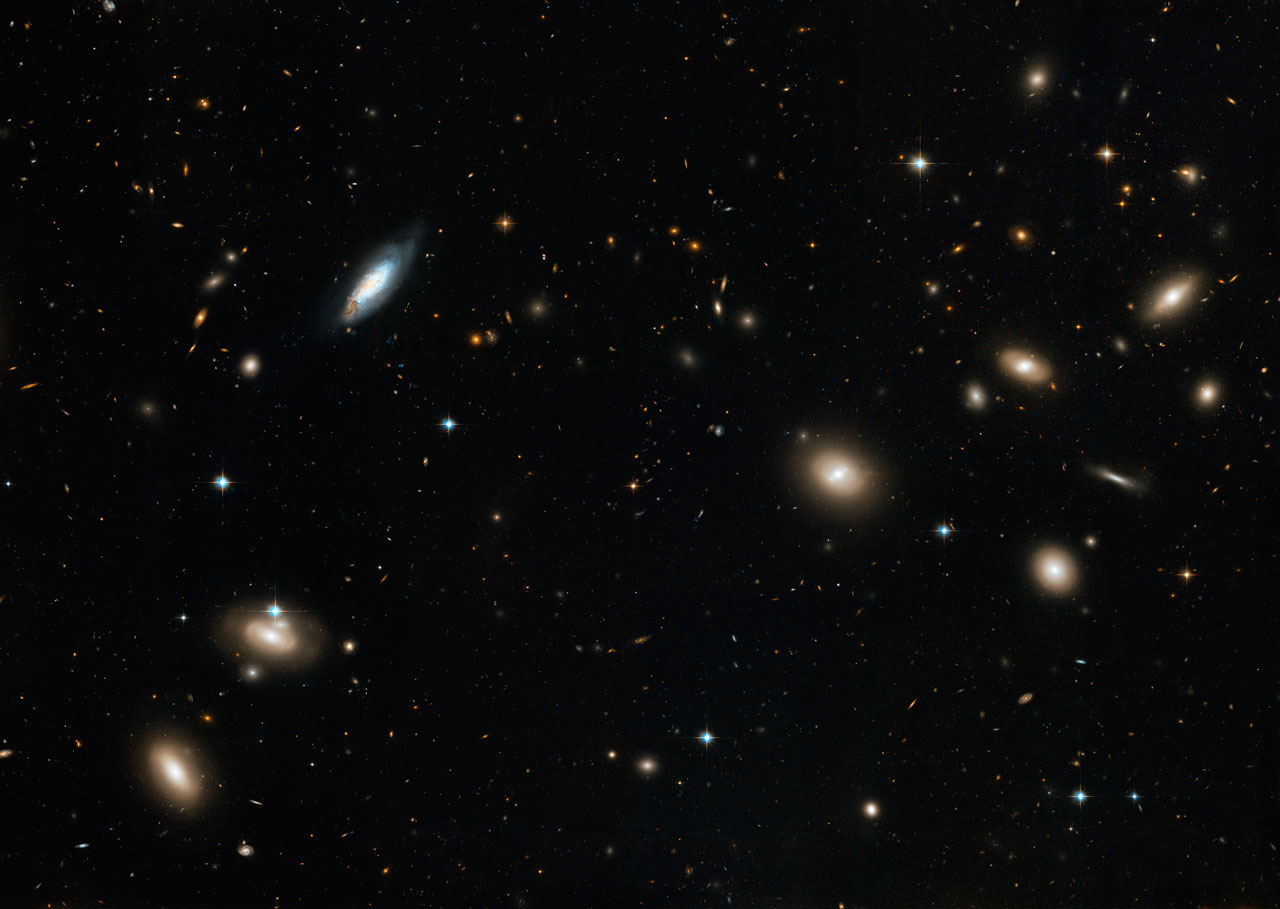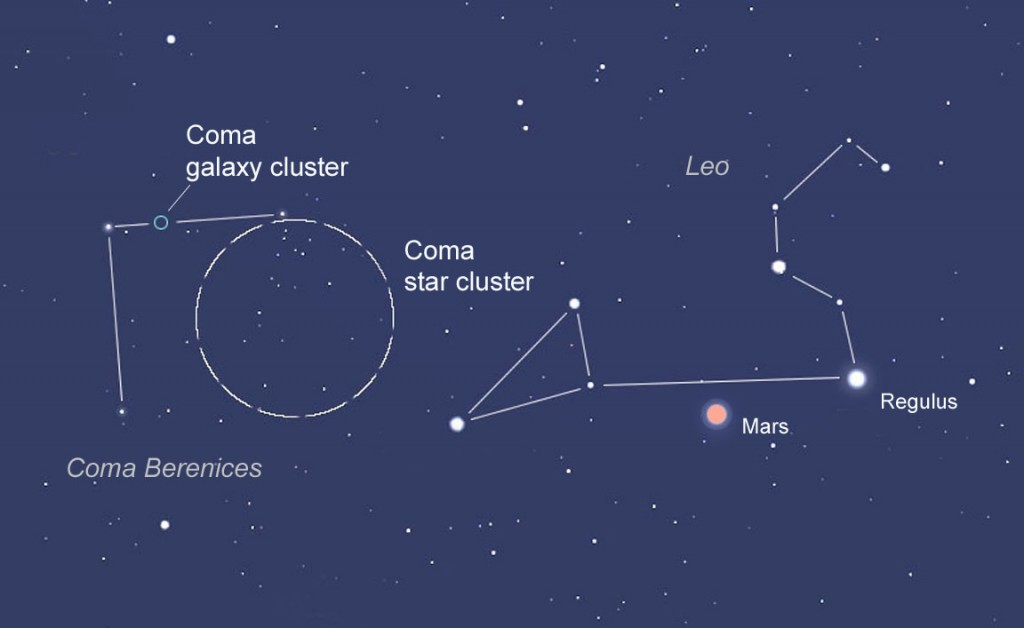
Gazing across 300 million light-years into a monstrous city of galaxies, astronomers have used NASA's Hubble Space Telescope to survey 22,426 globular star clusters.
The study, featuring a University of Queensland alumnus, will allow astronomers to use the globular cluster field to map the distribution of matter and dark matter in the Coma galaxy cluster, which holds over 1,000 galaxies.
UQ graduate and astrophysicist Conor O’Neill said that because globular clusters are much smaller and more abundant than entire galaxies, they are a much better indicator of how the fabric of space is distorted by the Coma cluster's gravity.
“The Coma cluster is one of the first places where observed gravitational anomalies were considered to be indicative of a lot of unseen mass in the universe – later called ‘dark matter’,” he said.
“Among the earliest homesteaders of the universe, globular star clusters are snow-globe-shaped islands of several hundred thousand ancient stars – they’re integral to the birth and growth of a galaxy.
“About 150 globular clusters zip around our Milky Way galaxy, and, because they contain the oldest known stars in the universe, were present in the early formative years of our galaxy.”
Some of the Milky Way's globular clusters are visible to the naked eye as fuzzy-looking ‘stars’, but at the distance of the Coma cluster, its globulars appear as dots of light even to Hubble's super-sharp vision.
The survey found the globular clusters scattered in the space between the galaxies and that they have been orphaned from their home galaxy due to galaxy near-collisions inside the traffic-jammed cluster.
“Hubble revealed that some globular clusters line up along bridge-like patterns, which is tell-tale evidence for interactions between galaxies where they gravitationally tug on each other like pulling taffy,” Mr O’Neill said.
 Conor worked alongside astronomer Dr Juan Madrid of the CSIRO’s Australian Telescope National Facility in Sydney.
Conor worked alongside astronomer Dr Juan Madrid of the CSIRO’s Australian Telescope National Facility in Sydney.
Dr Madrid was looking forward to more data from one of the legacy surveys of Hubble that was designed to obtain data of the entire Coma cluster, called the Coma Cluster Treasury Survey.
However, halfway through the program, in 2006, Hubble's powerful Advanced Camera for Surveys (ACS) had an electronics failure, which was later repaired by astronauts during a 2009 Hubble servicing mission.
“To fill in the survey gaps, we painstakingly pulled numerous Hubble images of the galaxy cluster taken from different Hubble observing programs,” Mr O’Neill said.
“We then assembled a mosaic of the central region of the cluster, working with students from the National Science Foundation's Research Experience for Undergraduates program.
“The team developed algorithms to sift through the Coma mosaic images that contain at least 100,000 potential sources.
The program then used globular clusters' colour – dominated by the glow of aging red stars – and spherical shape to eliminate extraneous objects, which were mostly background galaxies unassociated with the Coma cluster.”
The study has been published in The Astrophysics Journal (DOI: 10.3847/1538-4357/aae206).
The Hubble Space Telescope is a project of international cooperation between NASA and ESA (European Space Agency). NASA's Goddard Space Flight Center in Greenbelt, Maryland, manages the telescope. The Space Telescope Science Institute (STScI) in Baltimore, Maryland, conducts Hubble science operations. STScI is operated for NASA by the Association of Universities for Research in Astronomy, in Washington, D.C.
Media: Conor O’Neill, conor.oneill.physics@gmail.com; Dominic Jarvis, dominic.jarvis@uq.edu.au, +61 413 334 924.



